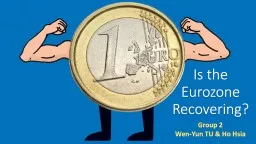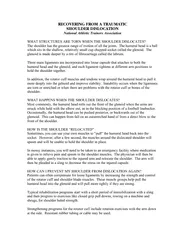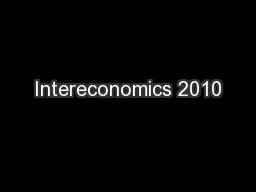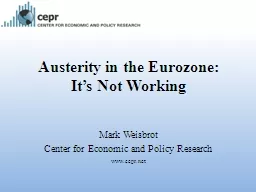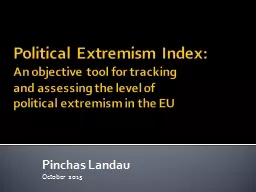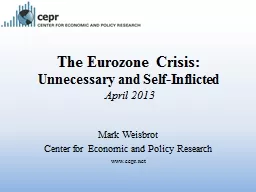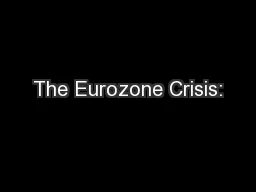PPT-Is the Eurozone Recovering?
Author : faustina-dinatale | Published Date : 2016-06-15
Group 2 WenYun TU Ho Hsia Ibrahim 1 GDP Growth of Eurozone Doubledip recession 2015 Q1 Q2 Q3 Q4 Year average Growth rate of GDP 04 04 05 05 14 2 How about PMI
Presentation Embed Code
Download Presentation
Download Presentation The PPT/PDF document "Is the Eurozone Recovering?" is the property of its rightful owner. Permission is granted to download and print the materials on this website for personal, non-commercial use only, and to display it on your personal computer provided you do not modify the materials and that you retain all copyright notices contained in the materials. By downloading content from our website, you accept the terms of this agreement.
Is the Eurozone Recovering?: Transcript
Download Rules Of Document
"Is the Eurozone Recovering?"The content belongs to its owner. You may download and print it for personal use, without modification, and keep all copyright notices. By downloading, you agree to these terms.
Related Documents

